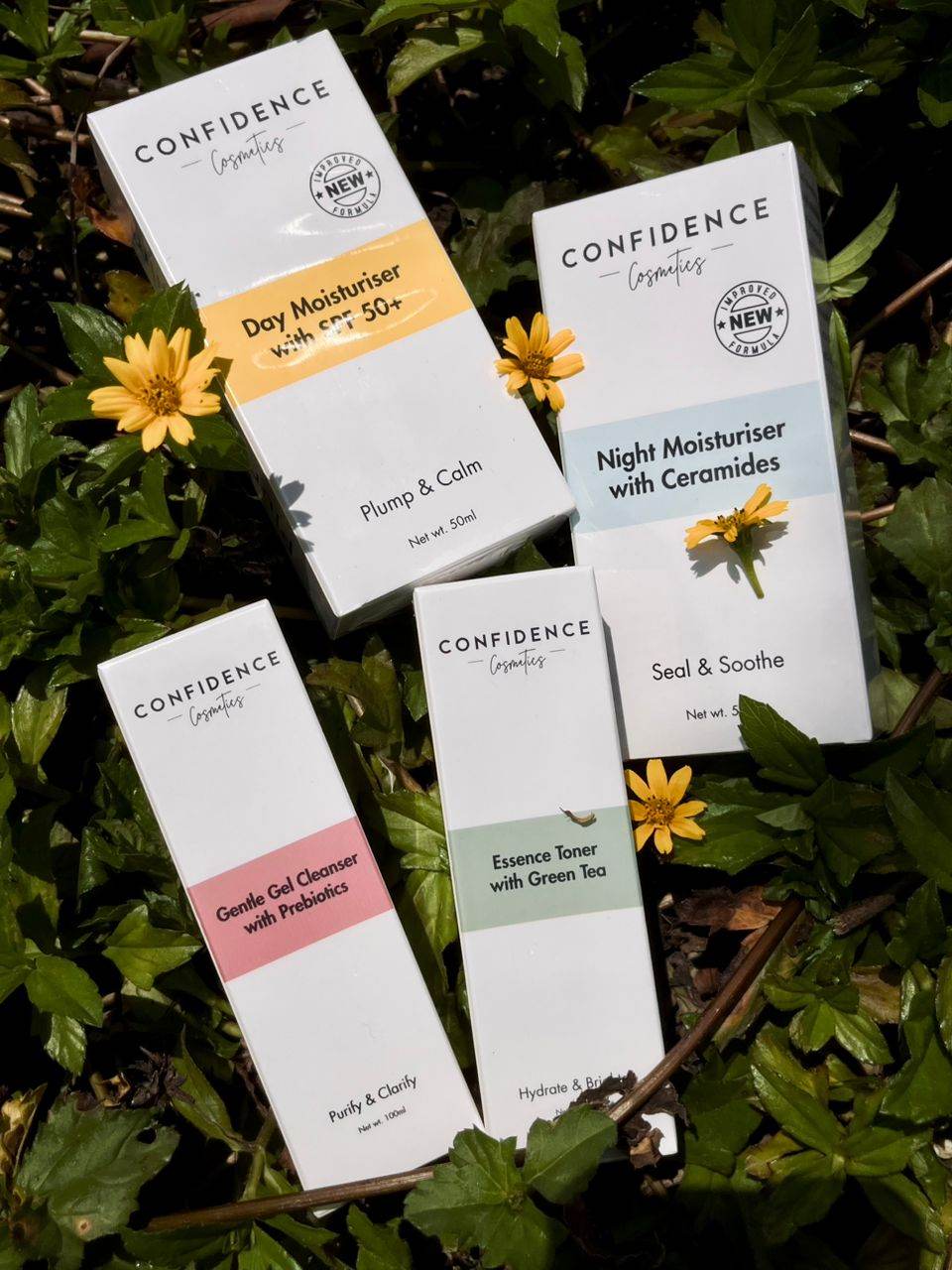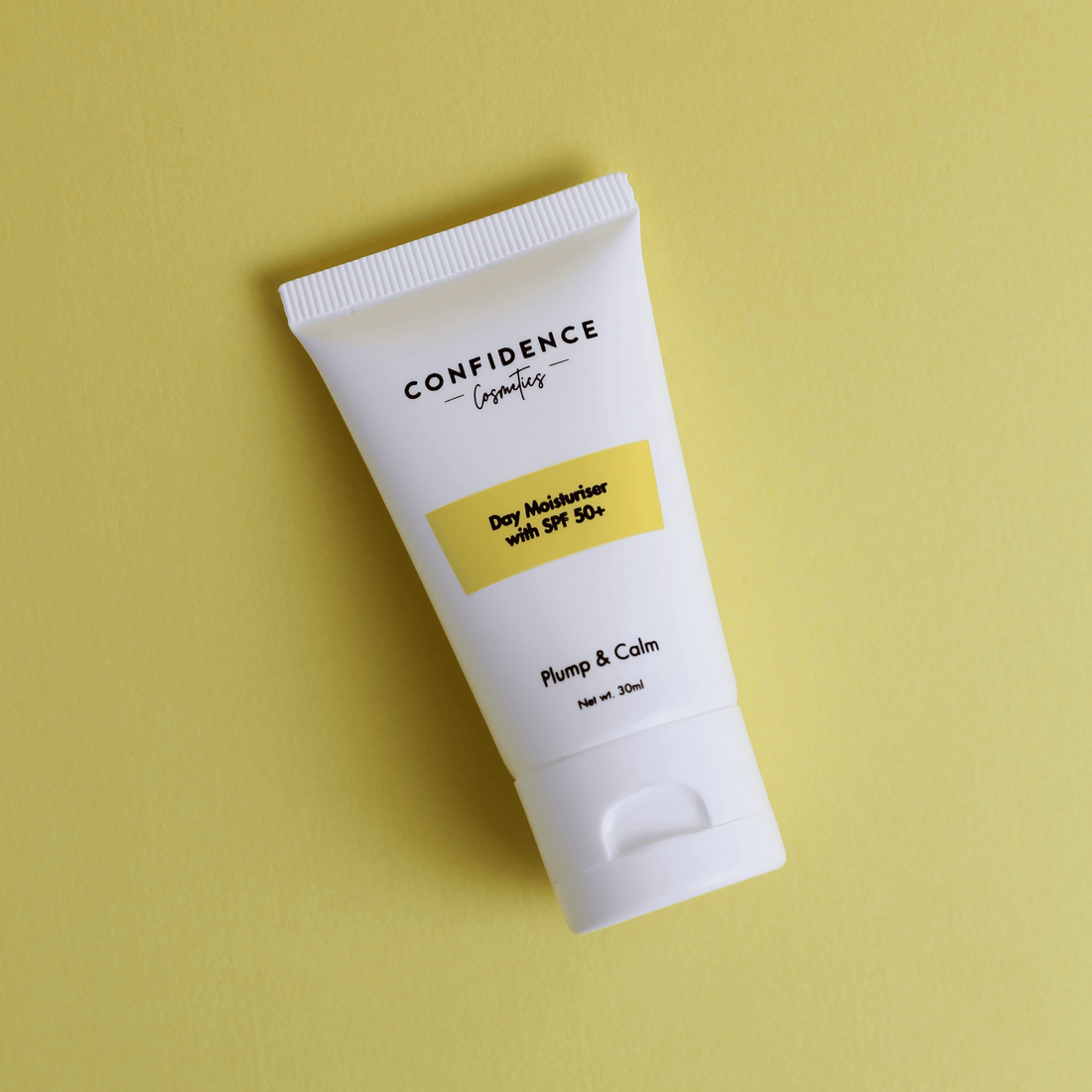It’s the 21 st century and the organic questions are everywhere! Fruits, organic? Vegetables, organic? And even in the world of cosmetics, are they organic too? But what makes a product or produce organic in the first place? Let us delve in the realm of chemistry. For starters, allow us to introduce you to the base of all living things : carbon!
No, not the same sparkly gas you have in your drink. Carbon is one of the
many elements on the periodic table, along with its buddy: Hydrogen, these carbon-hydrogen combo forms what chemists call organic compounds. Inorganic compounds however, are substances that lack these chummy pair, such as metals or minerals that are found elsewhere in the world. Now let us take a look inside of living cells, especially for humans, are composed mainly of organic compounds called biomolecules. We are living and only continue to live, by having these biomolecules processed in our body – metabolism!
That being said, it is encouraged for us humans to consume and use organic products, whether it is in cosmetics or the food we eat. Ensuring us to stay vigilant of the substances we put on our faces; for instance: sunscreens! Wait, there are organic and inorganic sunscreens? You got that right! Other terms of organic sunscreens are chemical sunscreens, and inorganic will be physical sunscreens; okay, how? Well, organic compounds contain the carbon-hydrogen combo we’ve talked about earlier, this is also present mainly in chemical sunscreens as well; being the active ingredient of the product such as avobenzone. On the other hand, physical sunscreens utilise minerals like zinc oxide which is an example of an inorganic compound. Both of these sunscreens work differently as well: chemical sunscreens absorb the UV rays, whilst physical ones deflect them. However, chemical sunscreens get absorbed into the skin naturally; blending in within, for physical sunscreens: they “sit” on top of our skin, it’s like having micro-stone-like minerals just resting on your face. Seems kind of uncomfortable, does it? So chemical sunscreens are safe for us? Definitely! Chemical sunscreens are our heroes in blocking those harmful UV rays that damages our skin- the main culprit for sunburns, skin cancer and hyperpigmentation! At the same time, being organic, these sunscreens provide a friendlier and healthier option. What’s more, the substances and ingredients involved are familiar to our skin, and that is important as foreign substances are able to trigger a chain of reactions namely; inflammations and allergies.
Furthermore, chemical sunscreens take a longer time to be absorbed well into the skin, and you know what that means, slow but steady introduction of substances on the face will less likely to cause a ‘panic’ on your cells. Giving your skin the time it needs to slowly incorporate the organic chemicals. Since we’ve covered the type of sunscreens you should get, have you heard about the Sun Protecting Factor (SPF) located on every sunscreen? SPF is a form of measurement sunscreens have to measure how well they protect you against UV rays. These sunscreens usually come in 20, 35 or 50 SPF. A higher rating of SPF will mean it absorbs more UV rays than a lower rating one. Therefore, a sunscreen with an SPF of 50 will absorb more UV rays than SPF 35 ones. The rating of SPF you should get is based on how exposed you are to these rays, but since we can’t really tell nor measure these rays every time, getting a high rating SPF would provide a higher protection nevertheless.
Alright, I’m convinced, but there’s so many to choose from, not to mention there were reports of some cosmetic products being recalled? So where do I start? That’s why we’re here! At Confidence Cosmetics, we utilise not only the best, but the safest options in our chemical and organic Plump & Calm Day Moisturiser with SPF 50+ that acts both as a moisturizer and sunscreen! Talk about efficiency! Or as PETA would like to call it, feeding two birds with one scone. On top of giving your skin
the protection it needs with SPF 50+, our day moisturizer provides more protection with Vitamin E, that’s right, tocopherols! An antioxidant compound able to enhance your protection from free radicals that damages our skin. Uncontrolled free radicals on our skin will damage the collagen, leaving us with wrinkles, dark spots and loose saggy skin. Yep, no thanks! Furthermore, with Confidence Cosmetics, we LOVE adding natural ingredients in our products, our day moisturiser contains Aloe barbadensis leaf, that amplifies the moisturisation on your skin, giving that
glow. On top of that, the addition of Centella asiatica in our 2-in-1 sunscreen and moisturiser aids your skin health, heal wounds and improving skin barrier function; making our Plump & Calm Day Moisturiser with SPF 50+ an all rounded and one of a kind product!


